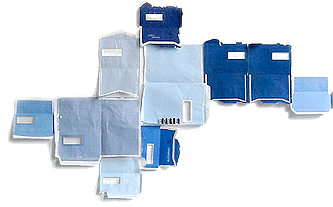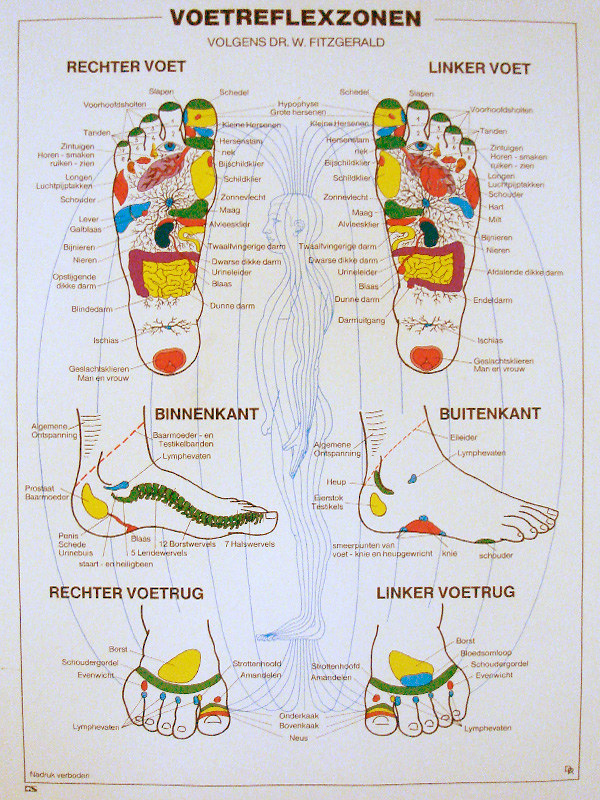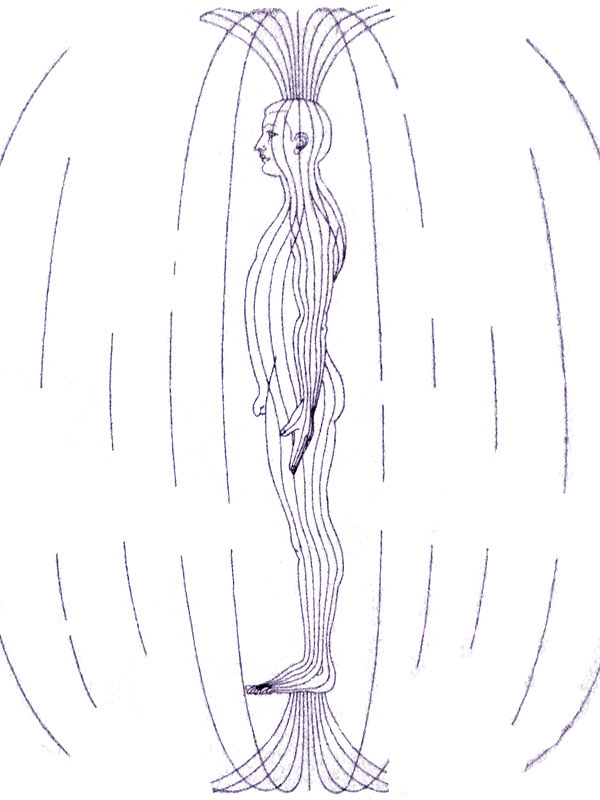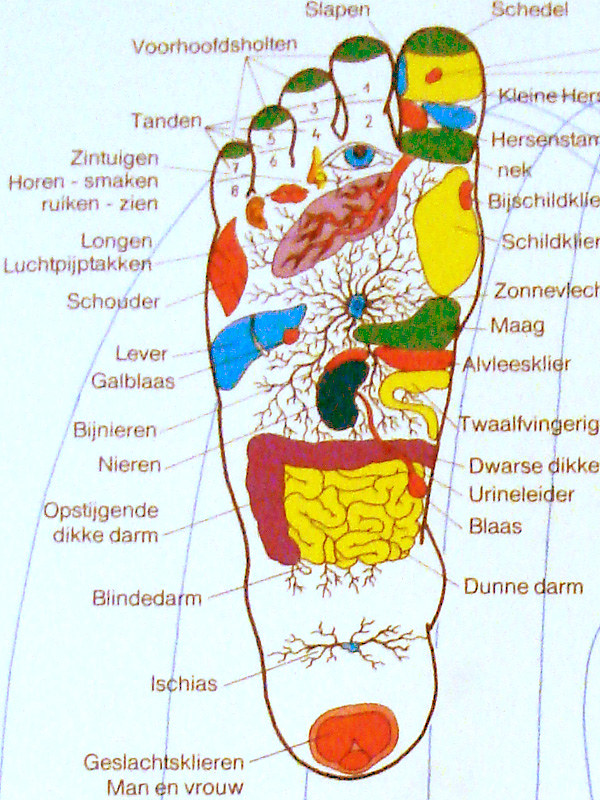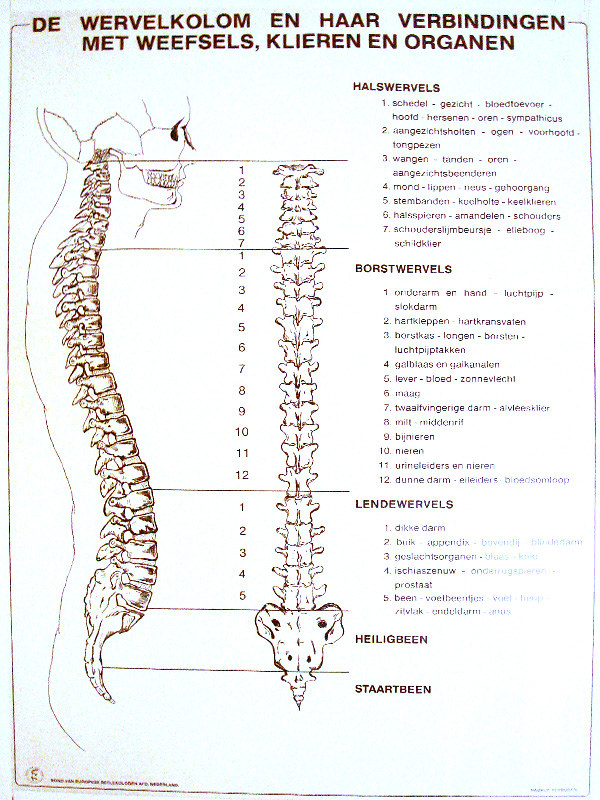Previously also here.
Les Couleurs


Les Couleurs – 117 rue St-Maur, off Rue Oberkampf in Paris, is also one of my favorite bars.
Nice and shabby, full of strange drunken people and a lethal punch (drink).
(Used to be, now a generic bar run by wankers.)
From Paris Vogue, November 2005
Boner Tag
Rusty Cladding
Perruqueria
Walkway Silhouette
Marble David & Goliath
2 Roues
Illegible Sign
Braces Polaroids

Awesome set of orthodontal polaroids originally found on http://www.plrds.com (site doesn’t work any more).
“FOUND by : Jess Wilson in a box next to a dumpster in Miramar, Florida”

